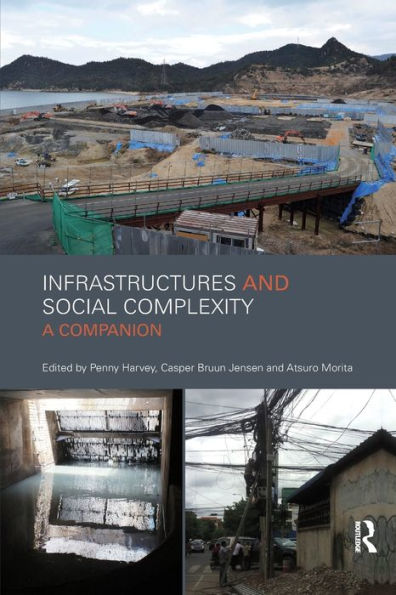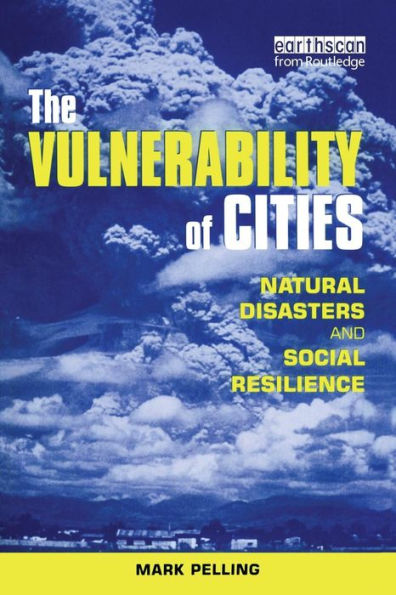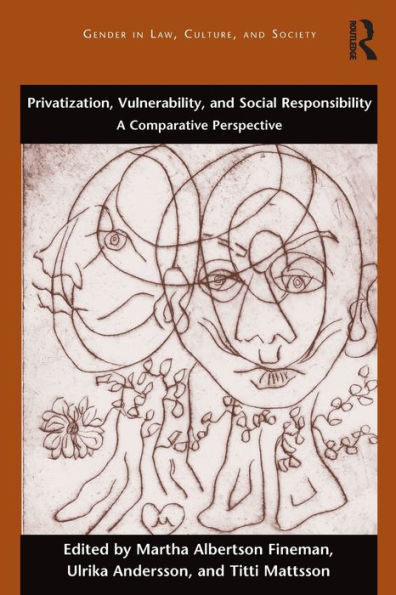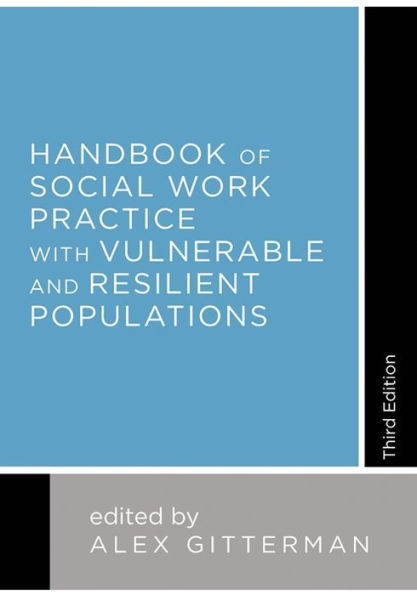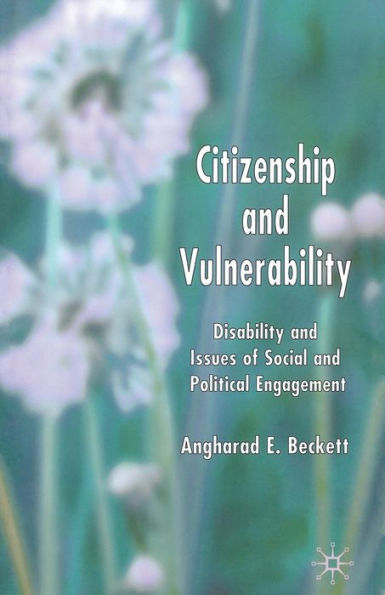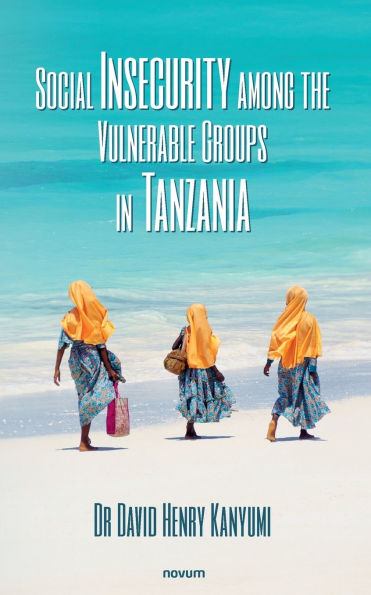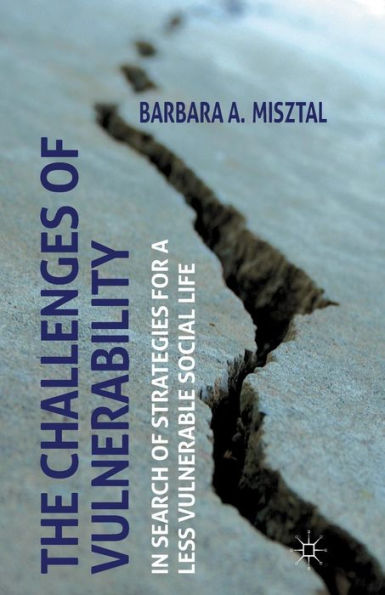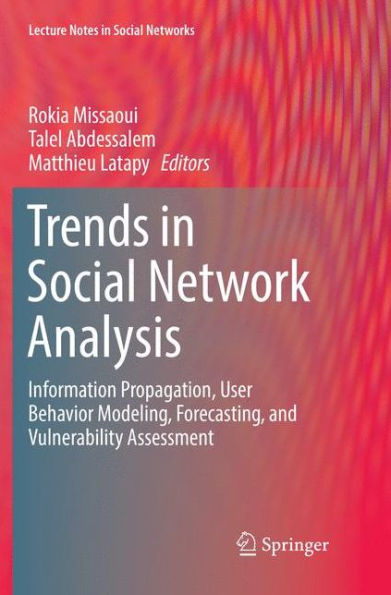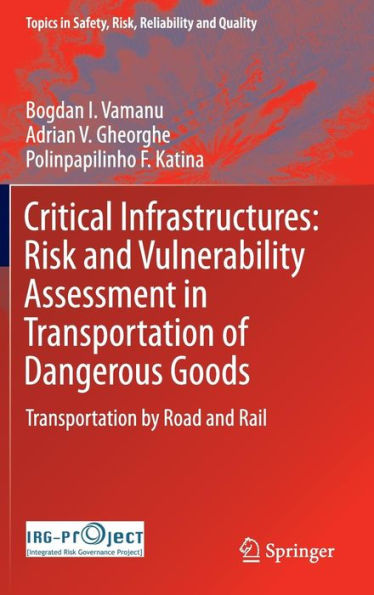Home
Social Infrastructure and Vulnerability the Suburbs
Barnes and Noble
Social Infrastructure and Vulnerability the Suburbs
Current price: $37.95
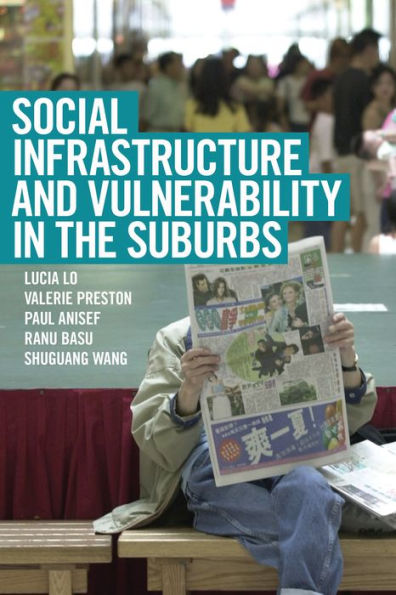

Barnes and Noble
Social Infrastructure and Vulnerability the Suburbs
Current price: $37.95
Size: Paperback
Loading Inventory...
*Product information may vary - to confirm product availability, pricing, shipping and return information please contact Barnes and Noble
Social Infrastructure and Vulnerability in the Suburbs
examines how the combination of the low-density, car-centric geography of outer suburbs and neoliberal governance in the past several decades has affected disadvantaged populations in North American metro areas. Taking the example of York Region, a large outer suburb north of Toronto, the authors provide a spatial analysis that illuminates the invisible geography of vulnerability in the region.
The volume examines access to social services by vulnerable groups who are not usually associated with the suburbs: recent immigrants, seniors, and low-income families. Investigating their access to four types of social infrastructure – education, employment, housing, and settlement services – this book presents a range of policy recommendations for how to address the social inequalities that characterize contemporary outer suburbs.
examines how the combination of the low-density, car-centric geography of outer suburbs and neoliberal governance in the past several decades has affected disadvantaged populations in North American metro areas. Taking the example of York Region, a large outer suburb north of Toronto, the authors provide a spatial analysis that illuminates the invisible geography of vulnerability in the region.
The volume examines access to social services by vulnerable groups who are not usually associated with the suburbs: recent immigrants, seniors, and low-income families. Investigating their access to four types of social infrastructure – education, employment, housing, and settlement services – this book presents a range of policy recommendations for how to address the social inequalities that characterize contemporary outer suburbs.
